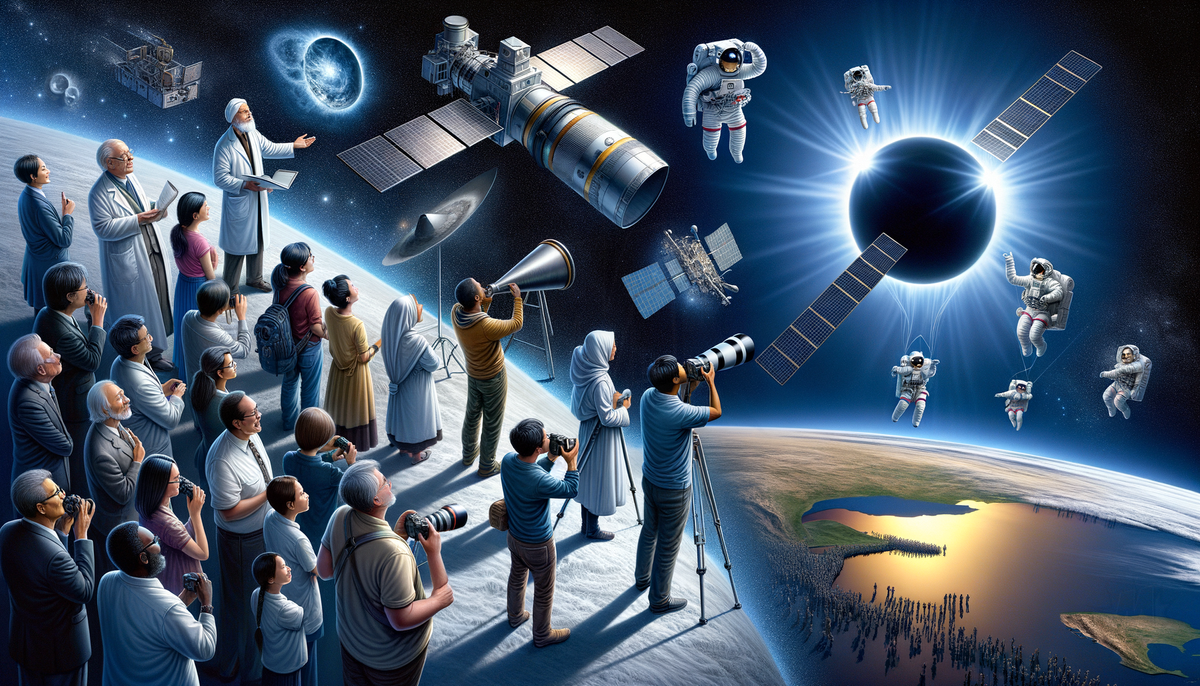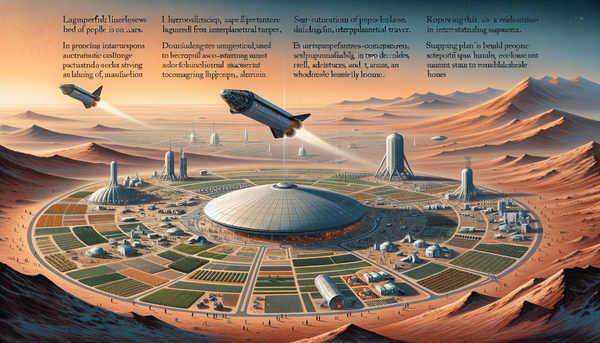Telescope and Satellite Capture Dual Eclipses Across North America

A total solar eclipse captivated viewers across North America on April 8, 2024. In an effort to document this celestial event, retired Canadian scientist David Hunter, along with University of New Brunswick students Olivia DeMerchant and Ethan Garnier, successfully launched a balloon-borne telescope. Despite some technical difficulties, including a malfunctioning protective filter which prevented Hunter's camera from capturing the totality of the eclipse, the team was able to live stream the eclipse and later recover the balloon to analyze flight data.
In parallel, the European Space Agency's Proba-2 satellite recorded two partial solar eclipses from space. The satellite, which orbits the Earth at an altitude of approximately 700 kilometers, used extreme ultraviolet light to capture images of the Sun's corona, offering a unique perspective and valuable data that complements ground-based observations.
The eclipse garnered widespread attention and was also photographed by astronauts aboard the International Space Station, providing a top-down view of the Moon's shadow over the continent. These images contribute to ongoing research and the broader understanding of solar phenomena.
The event underscored the continued interest in astronomy and space science, as both professional and amateur astronomers across the globe seek to better understand celestial events and their implications. Despite the challenges presented by space debris, light pollution, and the high costs associated with space research, the field is experiencing significant growth, with some projections estimating the global space economy could surpass $1 trillion in the coming decade.




